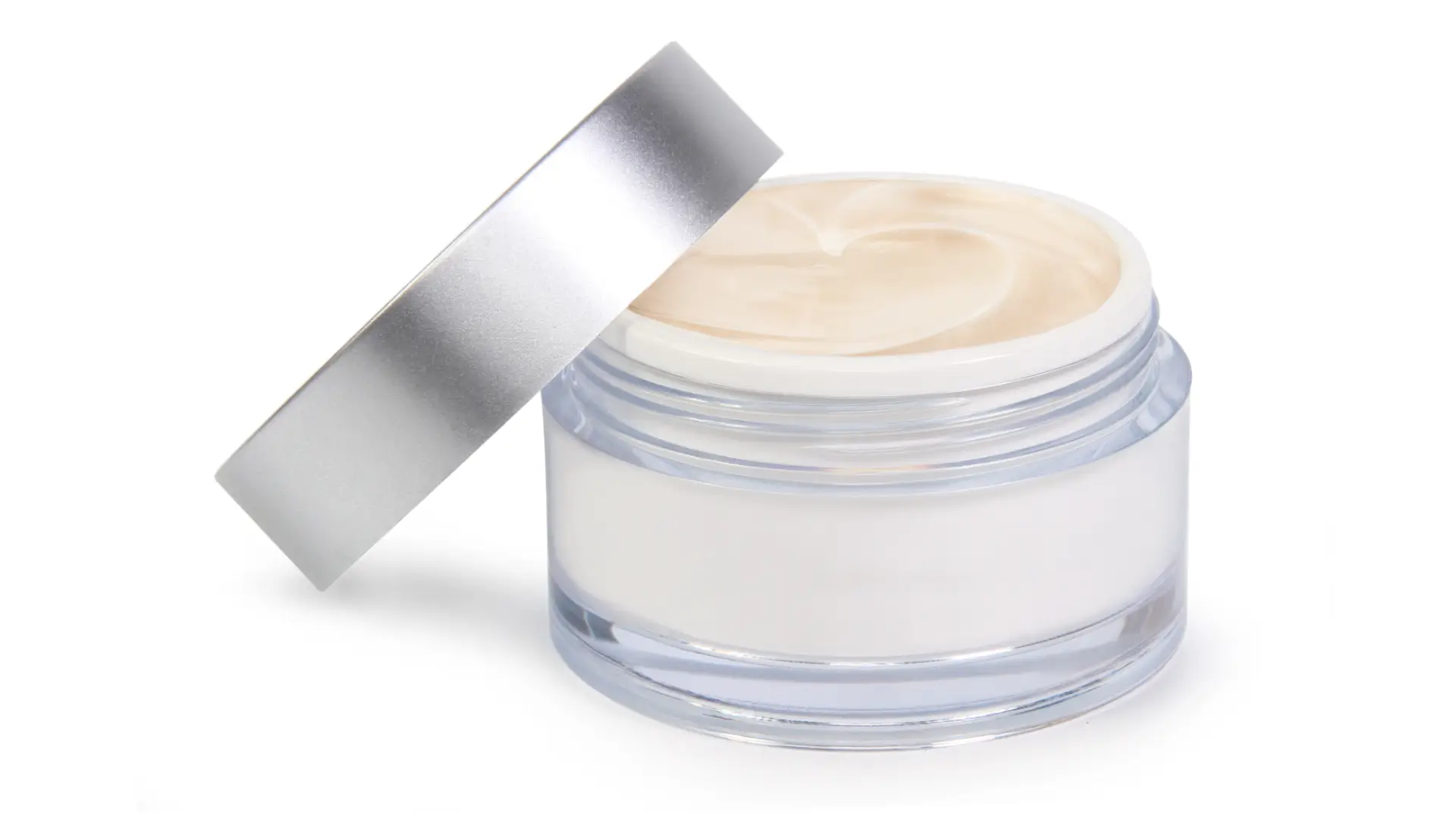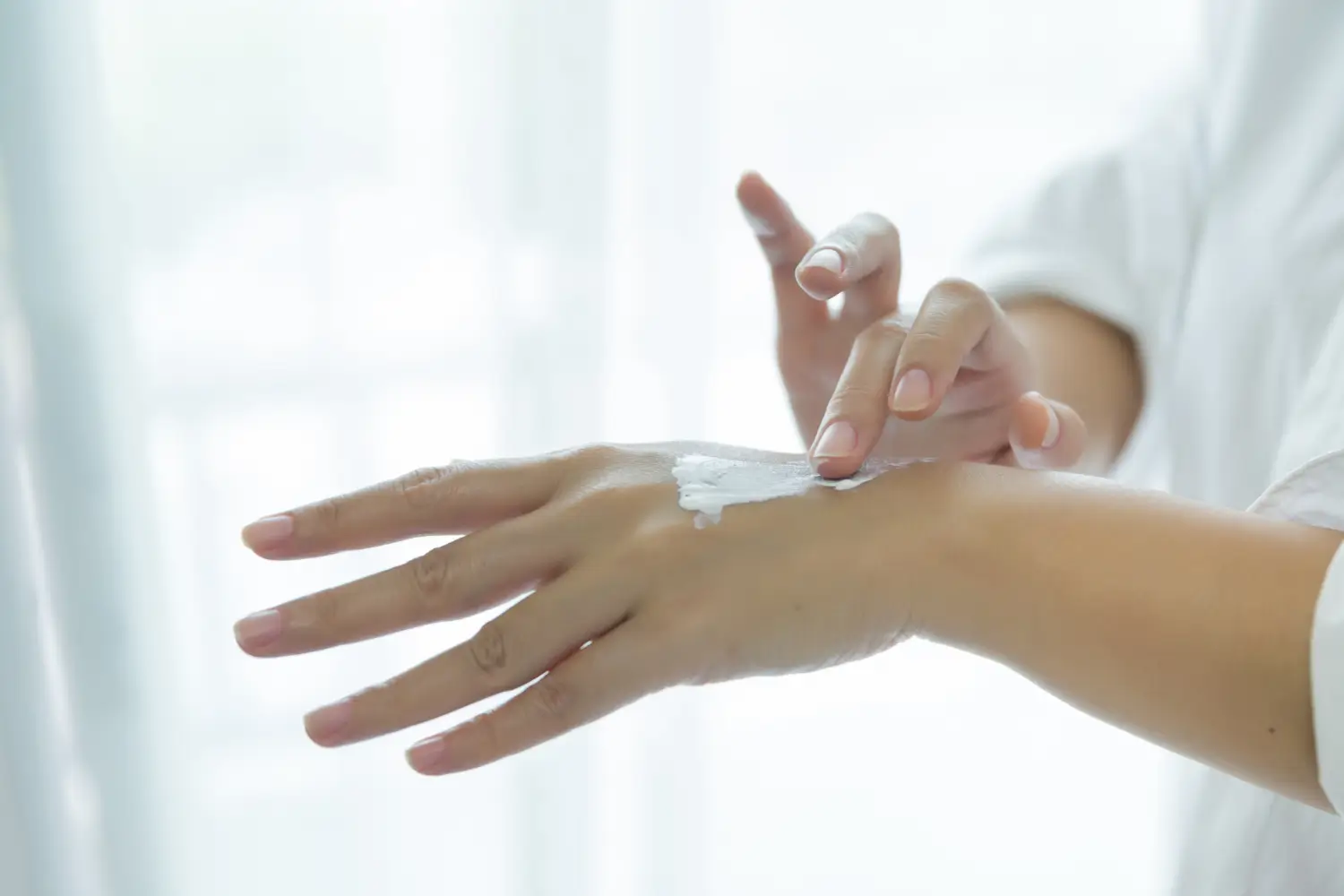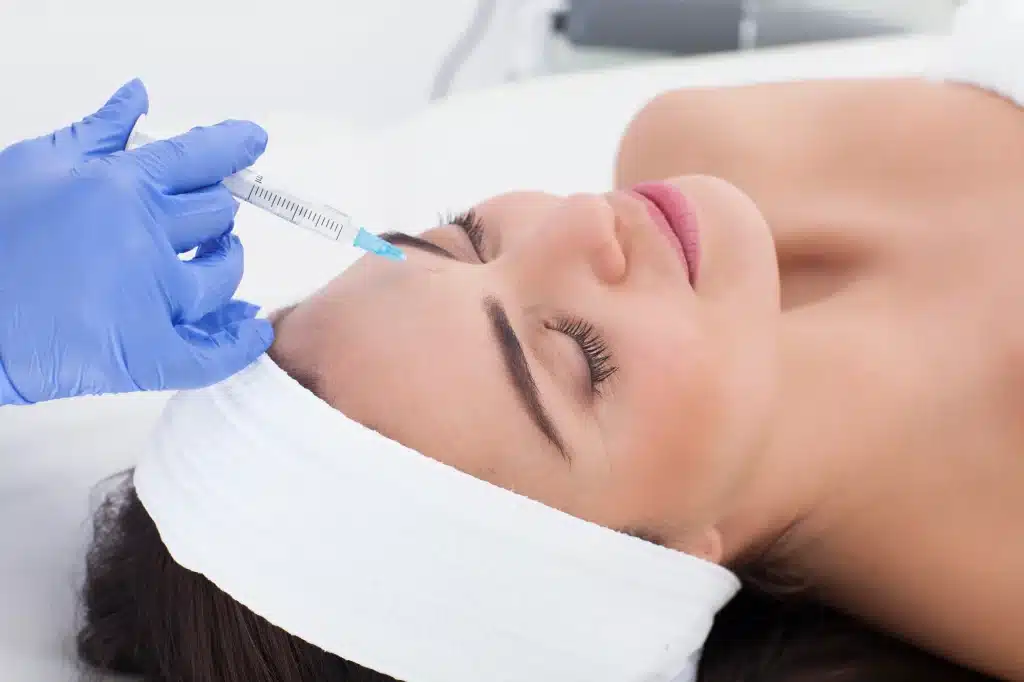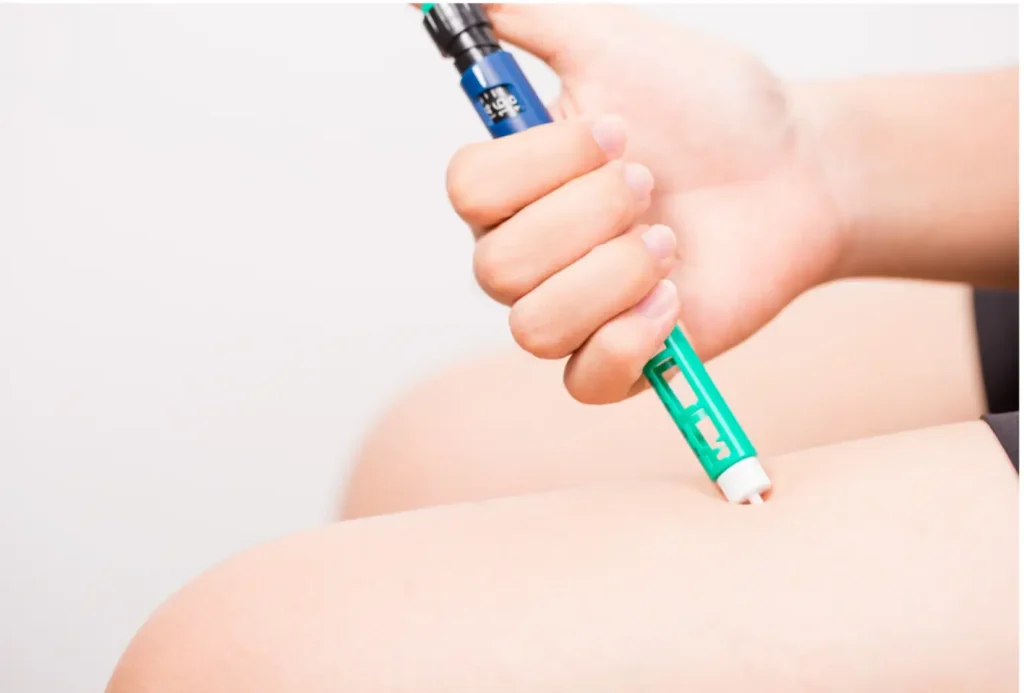Did you know that lidocaine, one of the key ingredients in many topical anesthetic creams, was first synthesized in 1943 and became the first amino amide-type local anesthetic used clinically? According to a study, lidocaine revolutionized pain management by offering faster onset and fewer side effects compared to earlier agents like procaine.
EMLA Cream is an innovation that emerged as a widely trusted topical anesthetic. It contains a eutectic mixture of lidocaine and prilocaine, designed to penetrate the skin and provide localized numbness. Its effectiveness and duration vary depending on how and where it’s used, making it a versatile option for both medical and cosmetic procedures.
In this article, we’ll explore how EMLA works, what influences its longevity, and how it compares to other topical anesthetics.
Key Takeaways
- EMLA cream typically begins working within 30–60 minutes after application and provides 1 to 2 hours of numbing, making it effective for minor medical and cosmetic procedures.
- For painful procedures, it’s recommended to apply EMLA cream for 2 hours to achieve the maximum effect, with the numbing lasting up to 2 hours after removal.
- Factors such as skin thickness, blood flow, and application time affect the duration of EMLA and its overall effectiveness.
- Occlusive dressings help enhance the cream’s absorption, increasing its effectiveness, especially for areas with thicker skin or where deeper numbing is required.
- The cream’s side effects are generally mild and include skin irritation, temporary redness, or mild burning sensations, but these usually resolve quickly without intervention.
- Lidocaine 5% and LMX 4/5 offer faster onset but tend to wear off sooner than EMLA, which provides longer-lasting numbing effects.
- Proper aftercare and following the recommended application guidelines are crucial for ensuring the cream’s effectiveness and safety.
About: Medical Spa RX provides medical practices with premium products at the best prices. If you’re looking to buy EMLA Cream for your practice, the sales representatives at Medical Spa RX can give you guidance.
Understanding EMLA Onset Time and Duration of Effect
EMLA cream, a topical anesthetic containing lidocaine and prilocaine, typically begins to work within 30 to 60 minutes after application. For optimal numbing, it’s recommended to leave the cream on for 60 minutes, especially for minor procedures. For more invasive treatments, such as deeper dermatological procedures, 90–120 minutes of application may be necessary to achieve more lasting anesthesia.

Once the cream is removed, the numbing effect generally lasts for 1 to 2 hours, allowing sufficient time to complete the procedure. However, it’s important to note that EMLA’s onset and duration can vary depending on skin location, thickness, and blood supply. For painful procedures, EMLA cream should be applied for 2 hours to achieve maximum effect.
Even though the maximum effect can be achieved two to three hours after application, the numbing effect can last for 1 to 2 hours after removal, ensuring adequate time for procedures.
It’s essential to follow the application guidelines carefully to avoid skin irritation or reduced effectiveness. These guidelines will help ensure that you achieve the best results with minimal risk.
Factors That Influence How Long EMLA Works
The duration of EMLA cream’s effect depends on various factors that can either enhance or reduce its effectiveness. Knowing these factors ensures safe and optimal use in both medical and cosmetic settings.
- Skin Thickness: Thicker skin (such as on the palms or soles) absorbs the cream more slowly, which can delay onset and potentially shorten the anesthetic effect. Conversely, areas with thinner skin, such as the face or inner arms, tend to show quicker results.
- Blood Flow: Areas with higher blood flow (like the face or genitals) may absorb and eliminate the anesthetic more quickly, shortening the overall duration. In contrast, regions with less blood supply, like the hands, may retain the numbing effect for a longer period.
- Application Time: The longer you leave EMLA cream on, the deeper the numbing effect. A 60-90 minute application typically provides sufficient numbing for most procedures. However, for more painful treatments, applying it for two hours is recommended to maximize the depth of anesthesia.
- Occlusion Use: When the cream is covered with an airtight dressing, absorption is enhanced, and the cream stays in place. This occlusive dressing helps maintain the cream’s effectiveness over time.
- Skin Condition: If the skin is damaged, broken, or inflamed, absorption may be altered, which can affect the cream’s effectiveness. It’s best to avoid using EMLA on compromised skin, as it can lead to either a reduced effect or irritation.
- Temperature and Environment: Heat can increase absorption, while environmental factors such as sweating or wiping the treated area can reduce the duration of numbing. It’s essential to keep the treated area clean and dry for optimal results.
Correct application, based on the skin type and the intended procedure, is key to ensuring predictable and long-lasting anesthesia.
How EMLA Duration Varies by Treatment Type
The duration of EMLA’s numbing effect is influenced by the type of procedure, skin thickness, and how long the cream is applied. Here’s how EMLA cream works in different clinical and cosmetic settings:

- Laser Hair Removal: Often applied 30–60 minutes before the procedure. Numbness typically lasts around 1 hour after removal.
- Tattooing or Microneedling: For deeper skin penetration, EMLA may need 60–90 minutes of application. Duration may still be close to 1 hour post-removal.
- Minor Skin Surgeries: Used under occlusion for about an hour. The anesthetic effect lasts long enough for short procedures like biopsies or excisions.
- Dermal Fillers or Injections: Applied for 30–45 minutes on the face, with numbing lasting up to an hour. Thinner skin areas may lose sensation faster.
- Pediatric Vaccinations or Needle Insertions: Often applied for 60 minutes under occlusion, providing a sufficient pain-free window for needle procedures.
Comparing EMLA Longevity to Other Topical Anesthetics
When selecting a topical anesthetic, it’s important to compare the onset time and duration of effect of EMLA with other commonly used products. Here’s a comparison table:
| Product | Onset Time | Duration of Effect | Common Use |
| EMLA Cream | 30–60 minutes | 1–2 hours | Minor skin procedures, laser |
| Lidocaine 5% (OTC) | 15–30 minutes | 30–60 minutes | General numbing, tattoos |
| BLT Cream | 15–25 minutes | 1–3 hours | Cosmetic dermatology (not Rx-free) |
| LMX 4/5 Cream | 15–30 minutes | 30–60 minutes | Pediatric needle procedures |
EMLA generally lasts longer than over-the-counter lidocaine creams, although it takes longer to reach full effectiveness. BLT creams (benzocaine, lidocaine, tetracaine) offer a faster, deeper numbing but require professional supervision due to their potency. LMX creams, on the other hand, act faster but tend to wear off sooner.
It’s also essential to be aware of potential EMLA cream side effects, such as skin irritation, temporary redness, or mild burning sensations at the application site. These side effects are usually mild and resolve without intervention.
Conclusion
EMLA cream offers effective temporary numbing, with a typical duration of 1 to 2 hours following a 60-minute application. However, for more painful procedures, a 2-hour application is recommended to achieve the maximum effect, which may last up to 2 hours after removal. Factors such as skin type, location, and application technique influence its effectiveness and longevity.
To achieve optimal results and ensure safety, it is vital to follow application guidelines carefully and consult with a professional if needed. Whether you’re preparing for a medical procedure or a cosmetic treatment, EMLA cream can provide reliable and consistent pain relief, ensuring comfort during the process.
FAQs
1. How long should I leave EMLA cream on?
You should leave it on for about 60 minutes under occlusion for full effectiveness.
2. How long does the numbness from EMLA last?
After removal, the numbness typically lasts for 1 to 2 hours depending on the treated area.
3. Can I reapply EMLA cream if the effect wears off?
It’s not usually recommended without medical supervision, as reapplication may increase risk of side effects.
4. Is EMLA cream safe for sensitive skin areas?
Yes, but it should be used carefully and for shorter durations on areas like the face or genitals.
5. Does EMLA work faster if I use more of it?
Using more than the recommended amount does not guarantee faster onset and can lead to side effects.
6. Can I use EMLA before cosmetic procedures like waxing or microneedling?
Yes, but consult with your provider to ensure proper timing and dosage for best results.
7. Is EMLA available over the counter?
In some countries, yes. However, a prescription may be required depending on local regulations.
References
Gordh T. Lidocaine: the origin of a modern local anesthetic. 1949. Anesthesiology. 2010;113(6):1433-1437. doi:10.1097/ALN.0b013e3181fcef48
de Waard-van der Spek FB, van den Berg GM, Oranje AP. EMLA cream: an improved local anesthetic. Review of current literature. Pediatr Dermatol. 1992;9(2):126-131. doi:10.1111/j.1525-1470.1992.tb01228.x





















